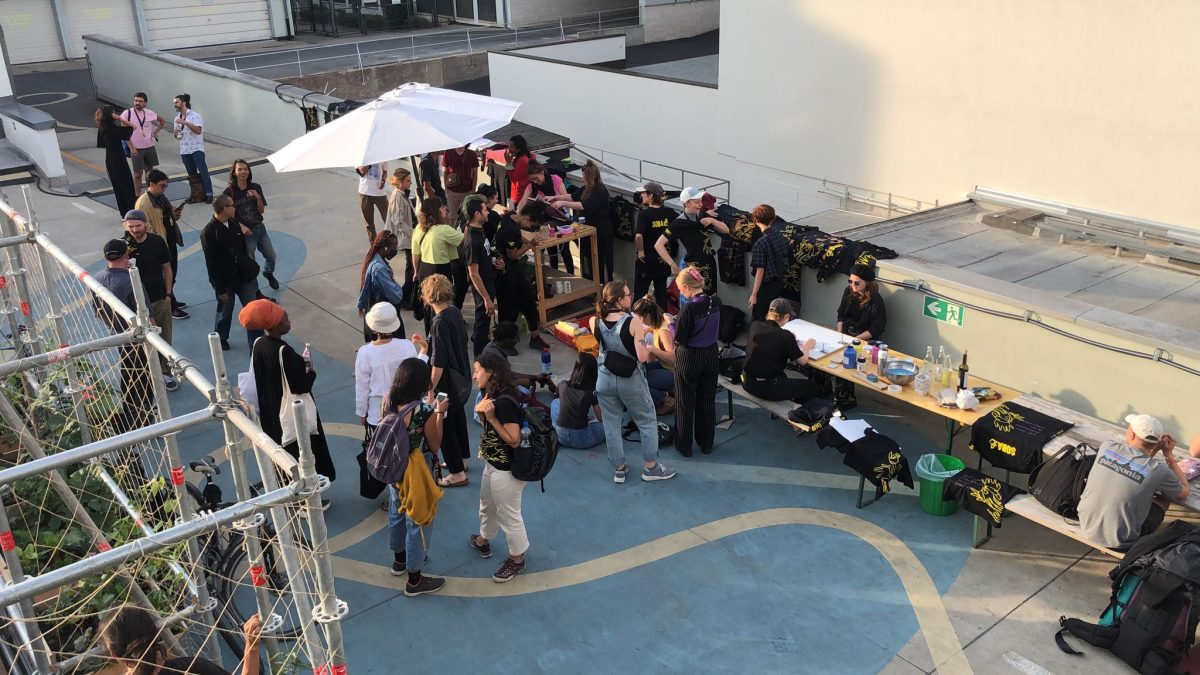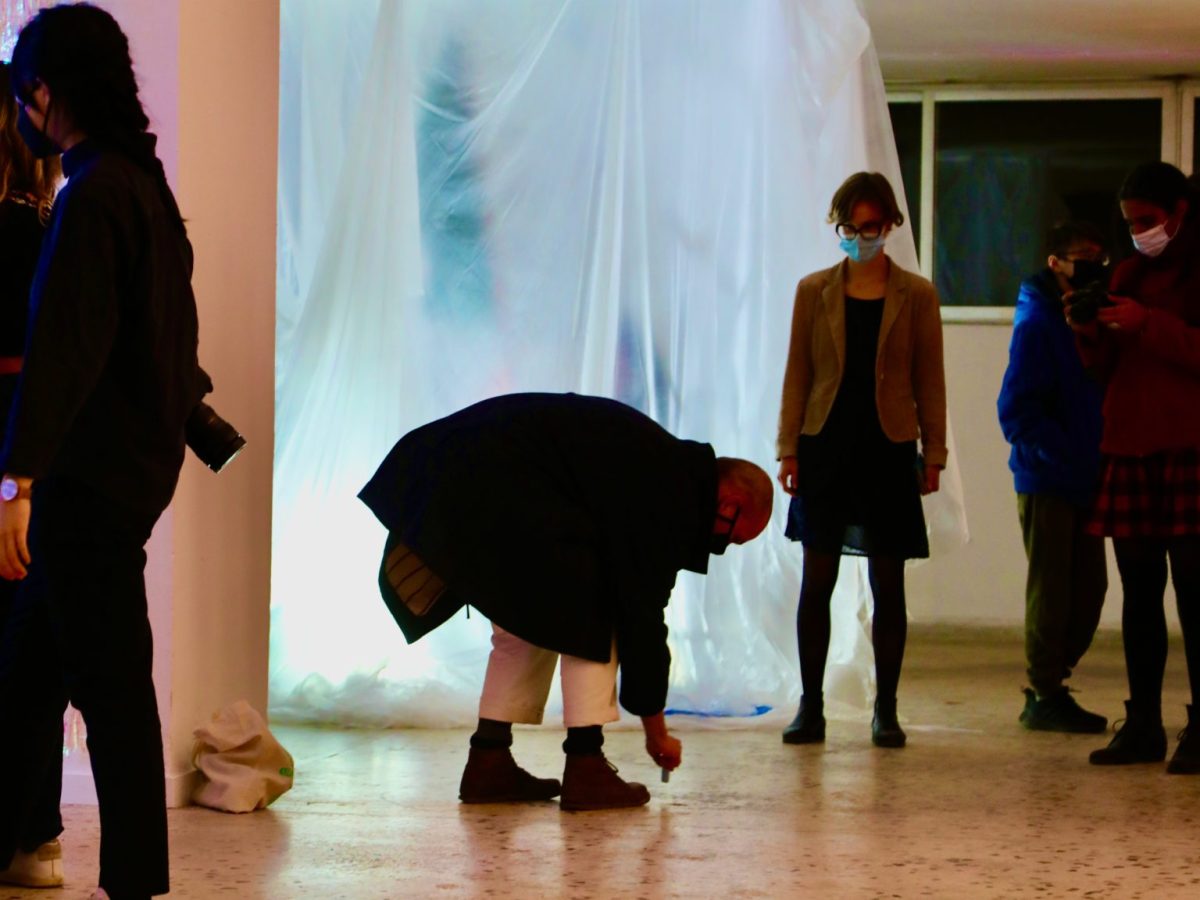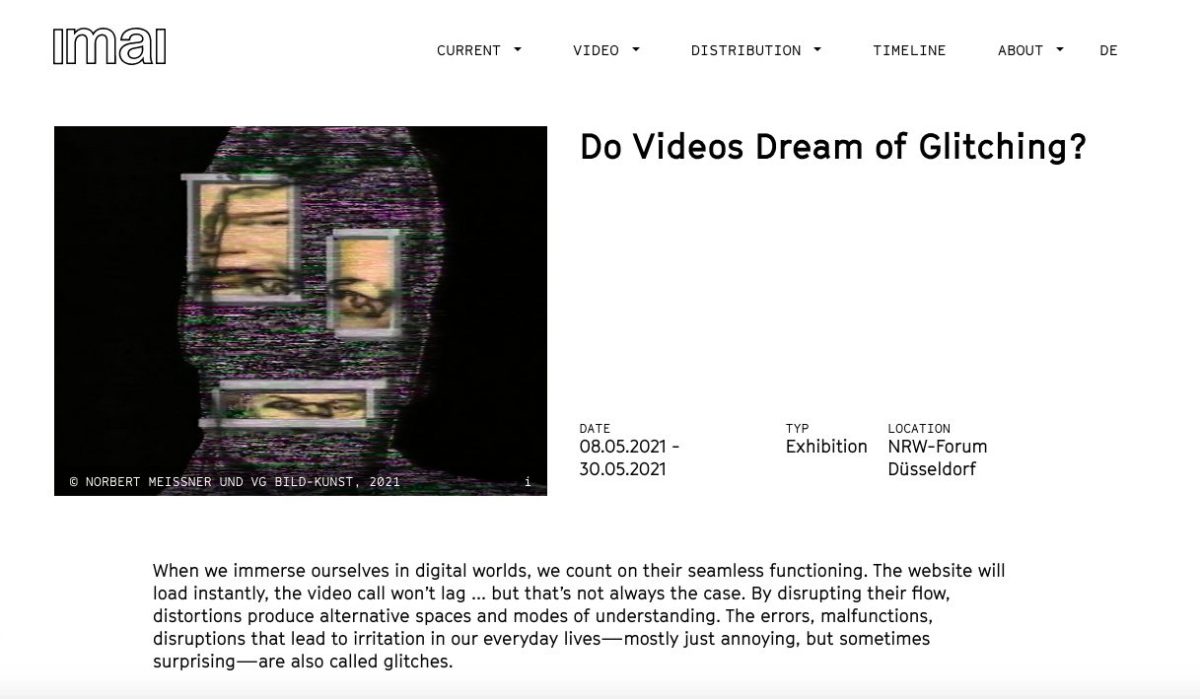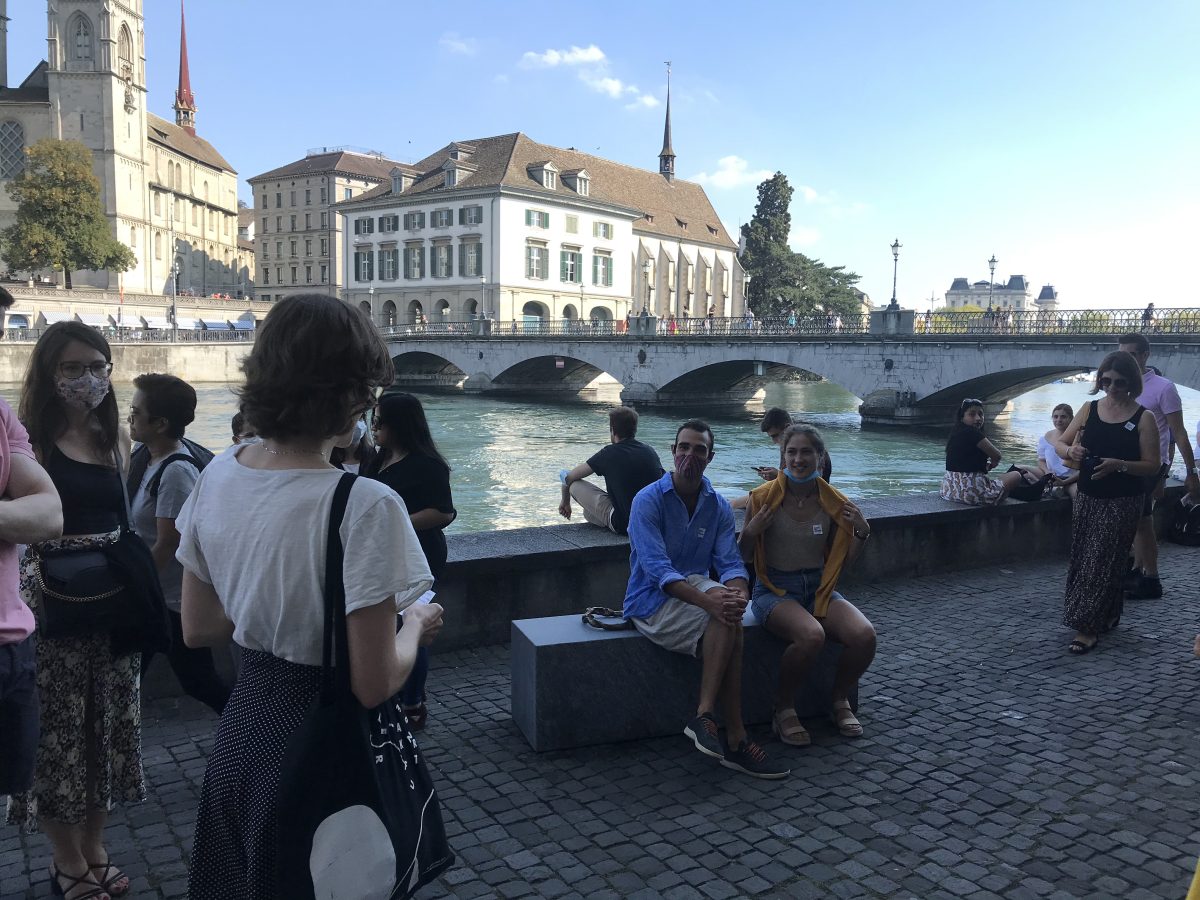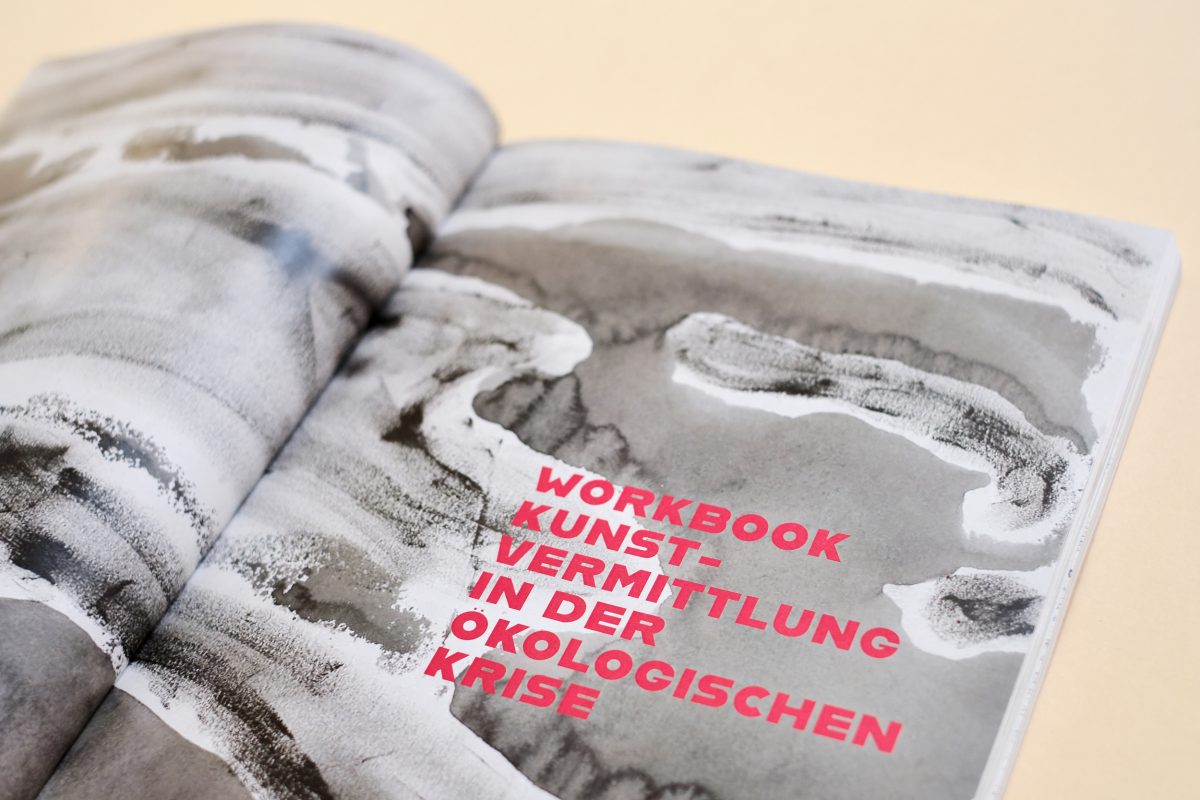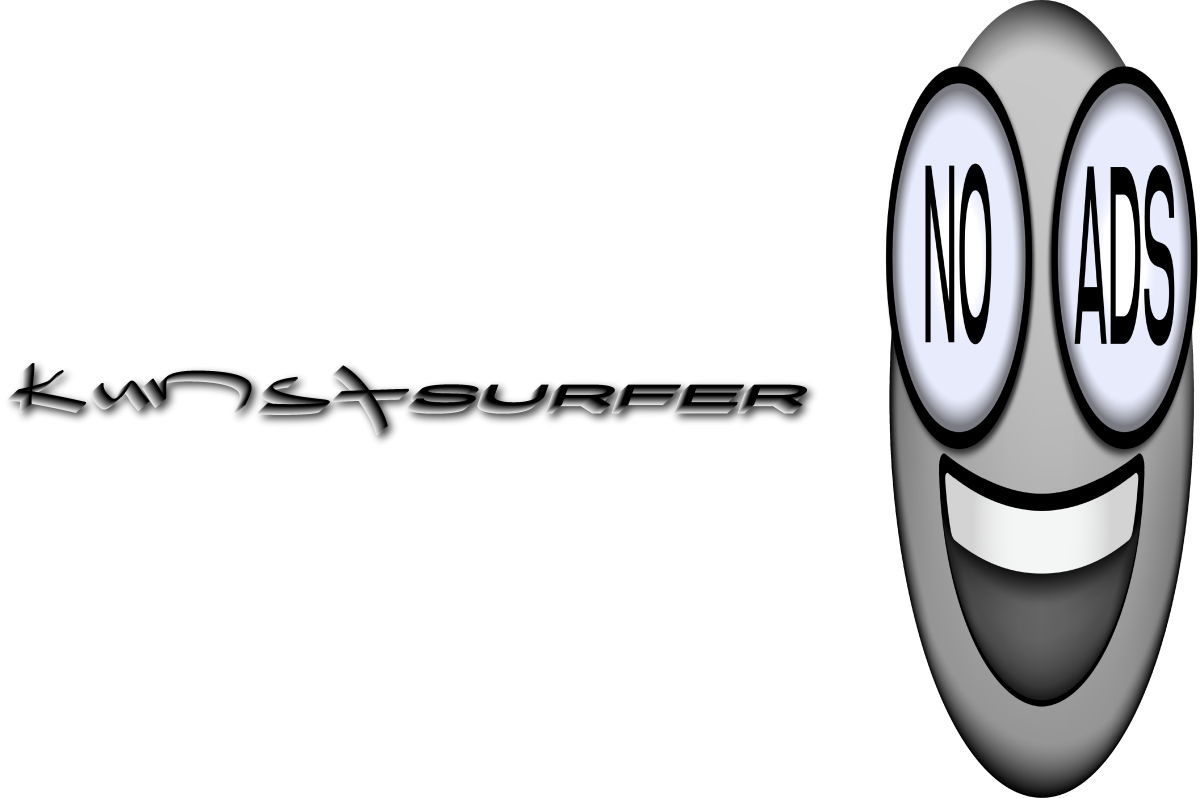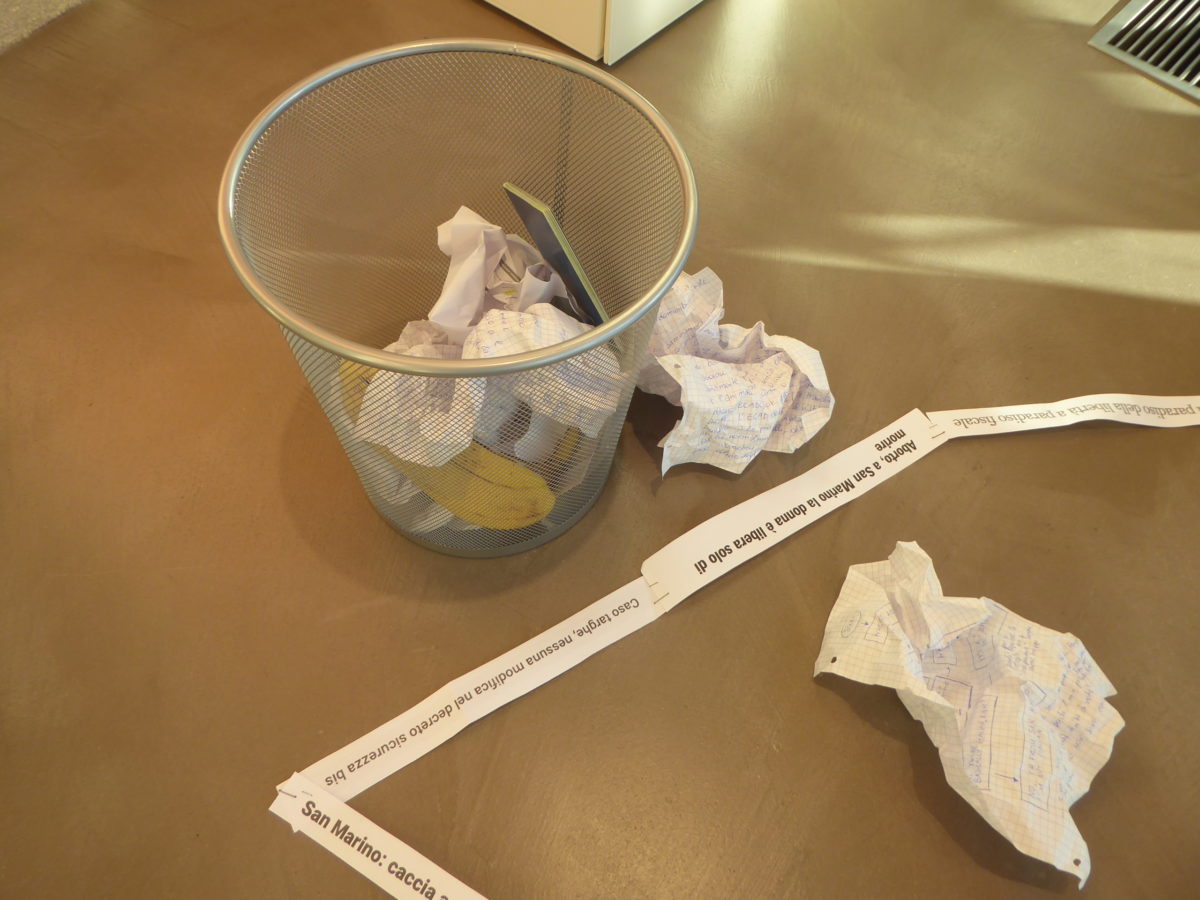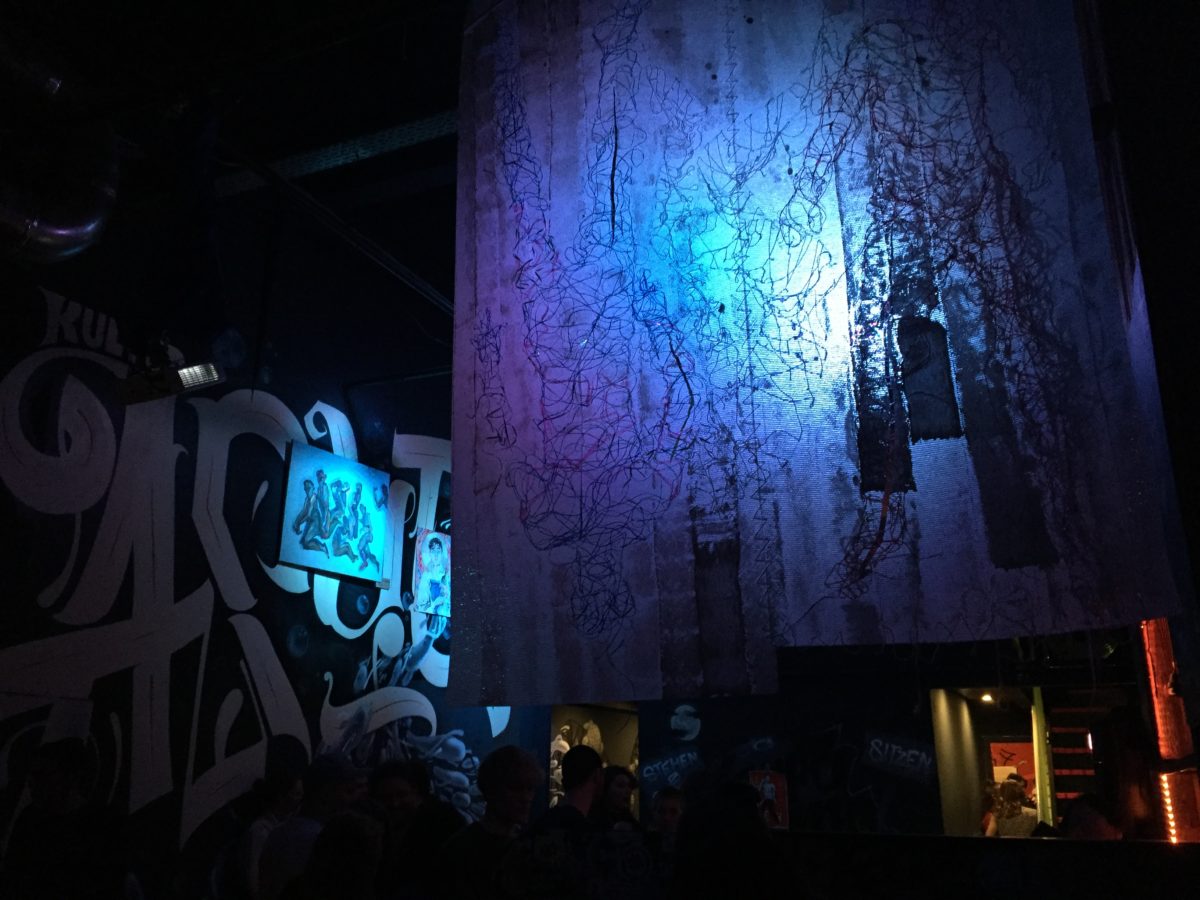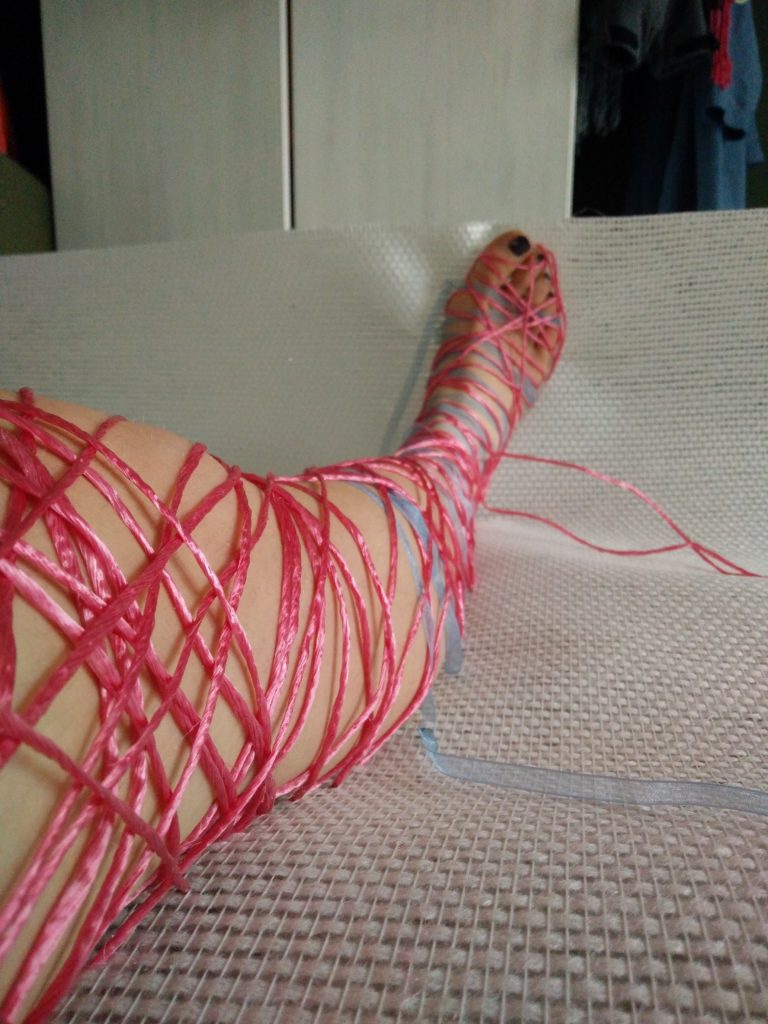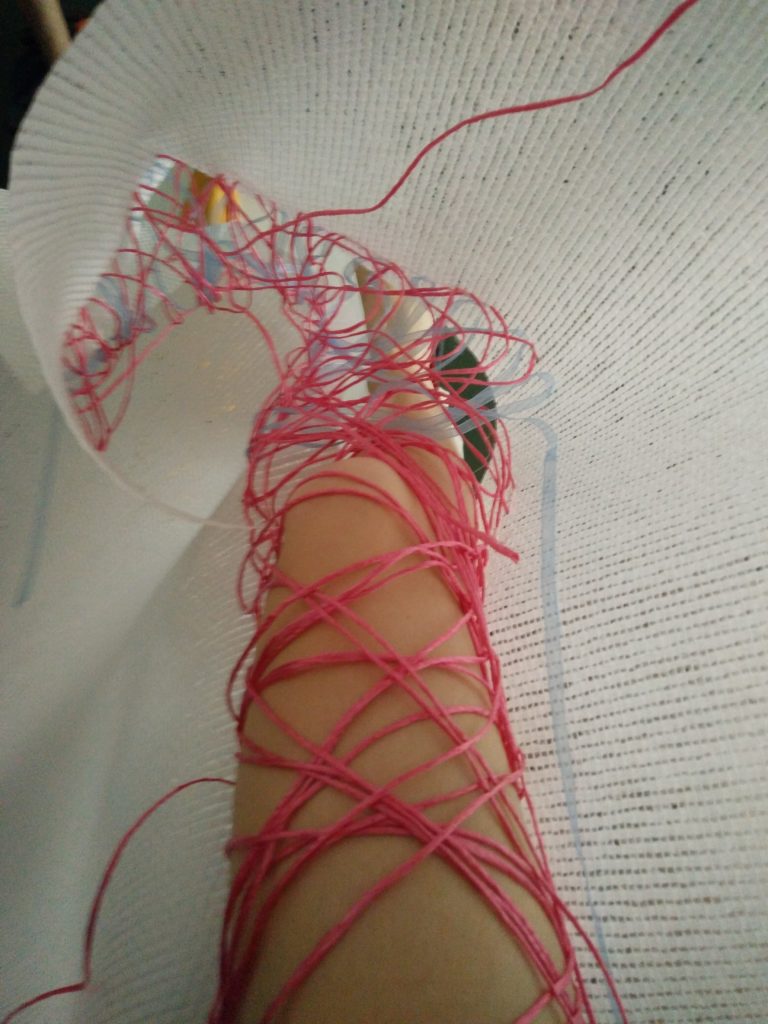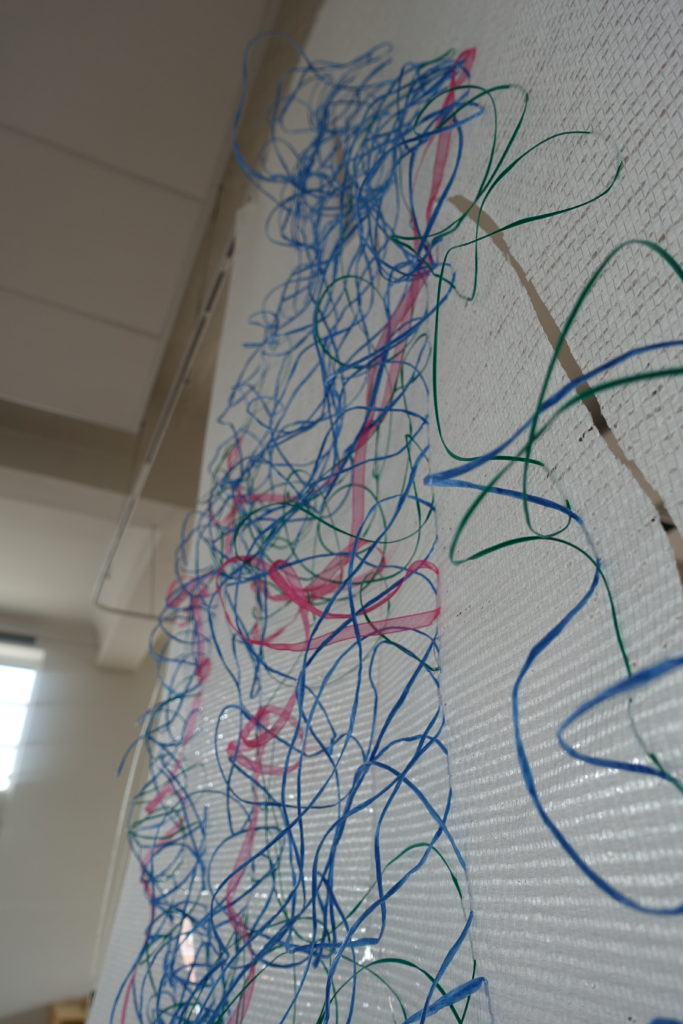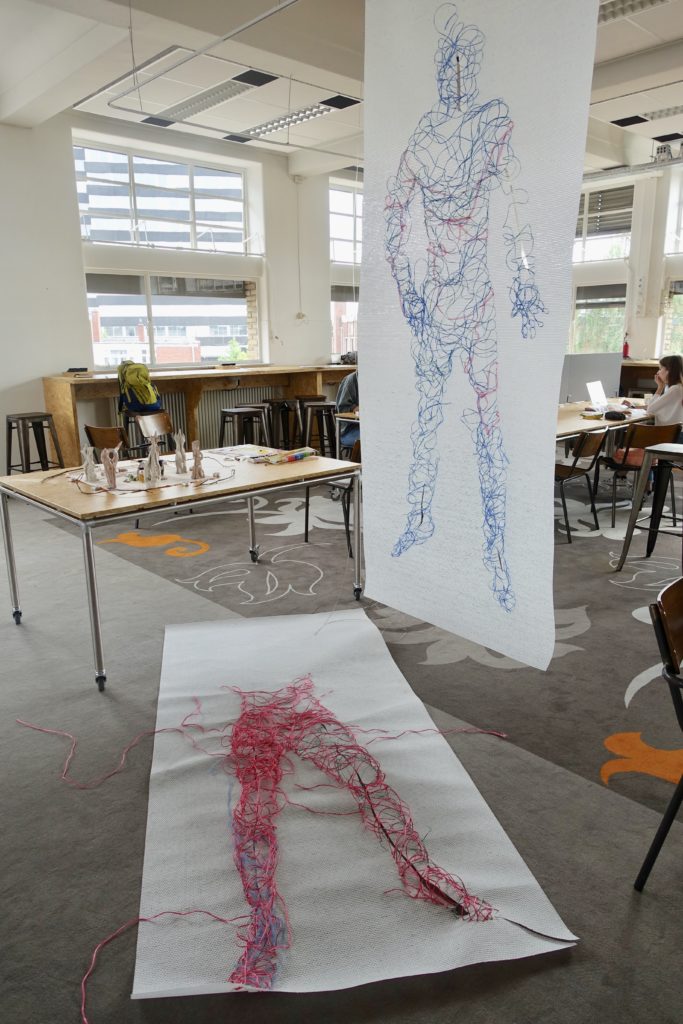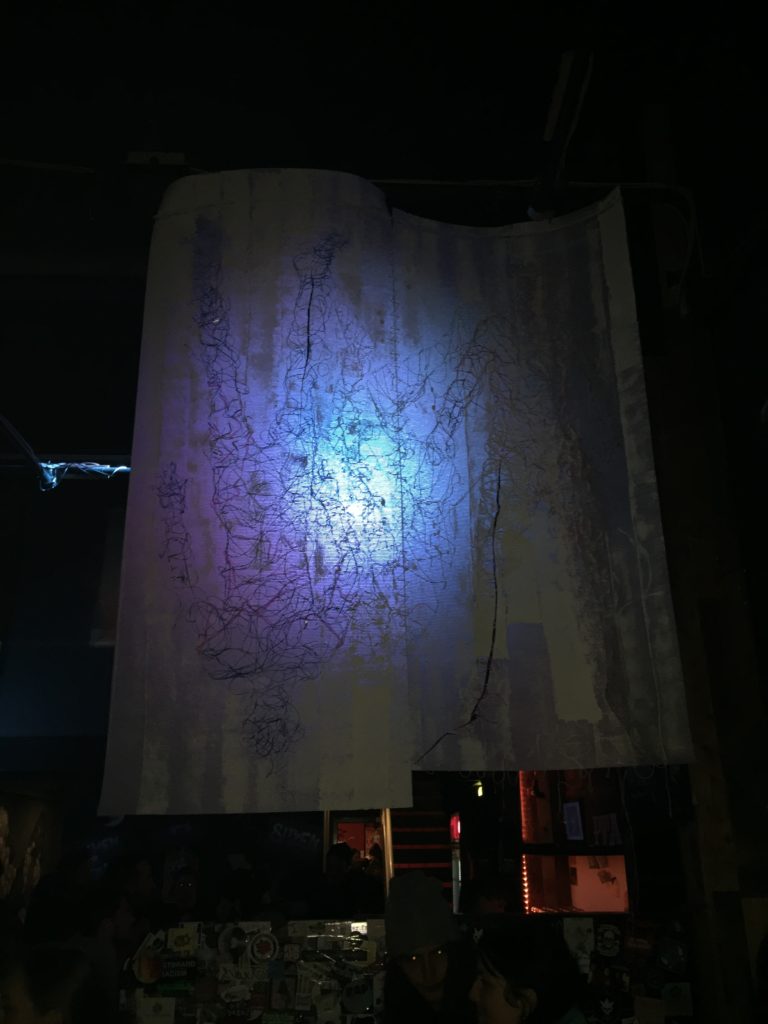Art mediation at documenta fifteen (Kassel, May to September 2022) with a group of more than 130 people.
lumbung is based on friendship. In Indonesian sobat means friend or companion. The plural form is sobat-sobat. As friends, the art mediators sobat-sobat accompany visitors on guided tours through the documenta fifteen exhibition. These exhibition tours are called Walks and Stories and form part of lumbung knowledge. As an active part of lumbung knowledge visitors and art mediators alike create encounters and access through their practice of storytelling.
Text: documenta fifteen, 2022
Online formats
Next to all the offline Walks and Stories formats (in different languages, for different audiences, needs, …) we developed several online formats such as Online Walks and Stories and Online Hosting at ook_visitorZentrum.
sobat-sobat organised
To respond to the public debates we were confronted with and to advocate for better working conditions we, a part of the sobat-sobat, organised ourselves. We collectively wrote and circulated an Open Letter and planned and carried out public actions. Find out more here.
One of the outcomes of the Open letter was an invitation by the interim director Alexander Farenholtz, to elect a group of representatives to work on the most urgent and concrete matters. I had the honour to share this responsibility with nine other engaged sobat-sobat.
Publication
Next to our private meme-group and nests (groups of ca. 20 sobat-sobat formed during the preparation weeks), one of the channels to reflect on our practice and experience at documenta was the publication “Ever been friend-zoned by an institution'” published towards the end of the 100 days with the lumbung press (documenta Halle). Find out more here.
Course and presentations
I had the pleasure to be invited by Bruno Heller with Desirée Hieronimous to offer a course for Master students of Zurich University of the Arts that reflected on our experience as art mediators at documenta fifteen and translated it to be further developed in other contexts. We developed a block seminar titled “Learning from lumbung one: Collectivity in Art Education” (20, 27 March, 11-14 April) in collaboration with the education department of Kunsthalle Zurich. The course ended with an exchange of experiences with other Art Mediators and professionals.
For the presentations related to my experience as sobat, click here.
